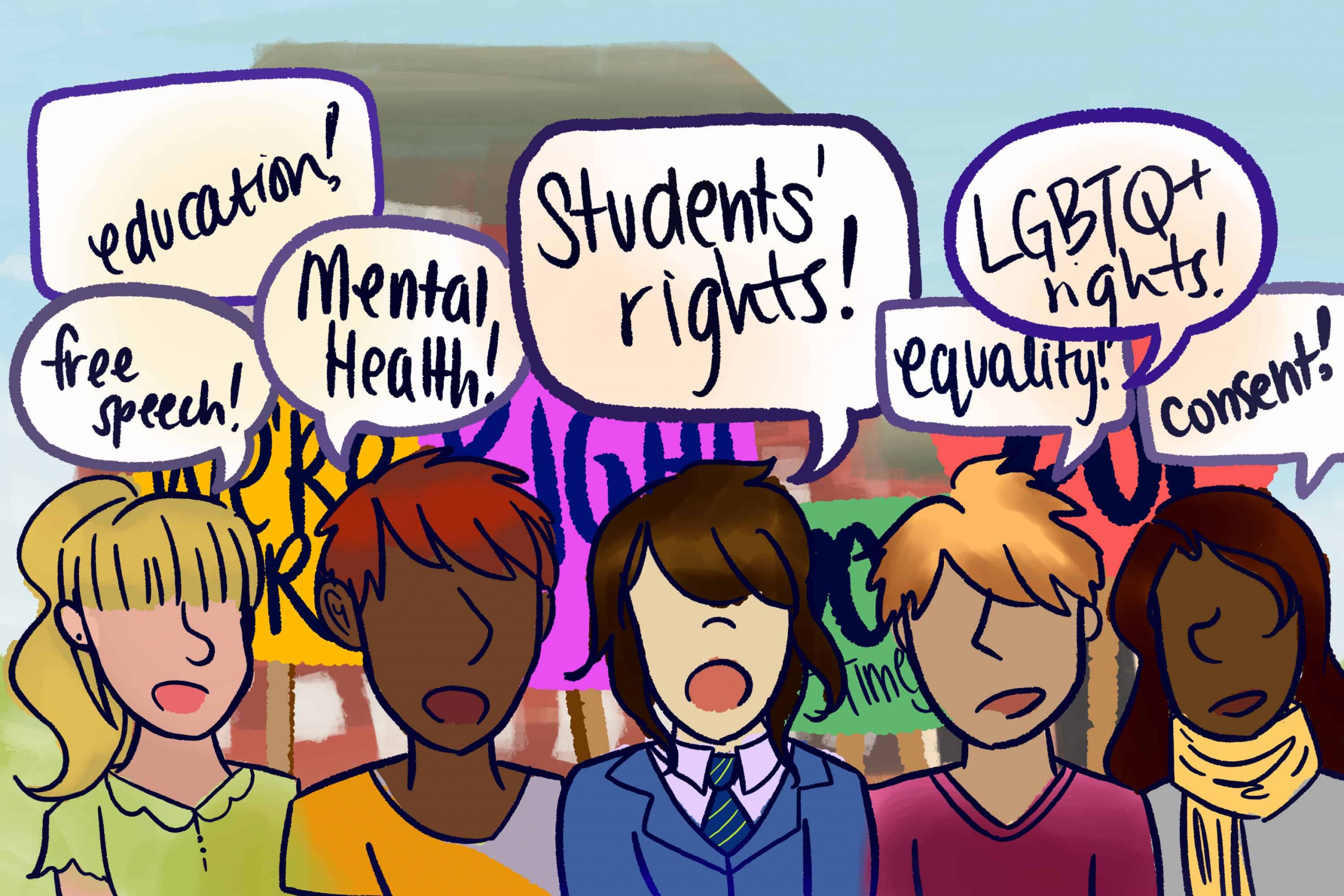On September 21, 40,000 students from 100 Ontario schools walked out to challenge the decision of Doug Ford’s Progressive Conservative government to scrap both the updated sex ed curriculum and Indigenous content in the curriculum.
This provokes important questions about how effective student activism is in terms of producing tangible impacts on education policy. It also highlights the significant challenges that secondary school activism faces due to a lack of advocacy structures to organize collective action.
Historically, student activism has had significant societal impact. Collective student action has led to significant changes to existing social structures. In the 1960s, student movements in the United States brought critical dialogues to the forefront and prompted university heads to resign, while in countries like Brazil, Czechoslovakia, and the more recent Arab Spring, students protested authoritarian regimes, often in the face of lethal violence, setting in motion paradigm shifts that eventually saw the regimes topple.
Even in Canada, tens of thousands of Québec students took to the streets in 2012 in response to proposed tuition hikes. Six years later, Québec tuition fees generally have remained low — about half that of the rest of Canada.
However, the caveat is that policy battles are not won in a single demonstration. Advocacy campaigns require resources, organization, and, perhaps most importantly, time. Many students have school, work, extracurricular, and personal commitments that prevent them from investing weeks, months, or years into student activism to see changes in legislation.
This is even truer for Ontario high school students. They lack the student government structures that their postsecondary counterparts enjoy — the student unions that receive millions of dollars each year via student levies to make the student voice heard and coordinate activism efforts.
Secondary student government is limited in comparison, with student councils focused on extracurricular activities and often dominated by unelected staff members or other non-student actors who control operations behind the scenes. School board student senates consisting of student council representatives from multiple high schools do not collect levies and often act as little more than advisory panels to school board officials. Even the student trustees these student senates elect to attend school board meetings do not have a binding vote on decisions, leaving their voices to be heard, but not necessarily acted upon.
Similarly, the Ontario Student Trustees Association, which represents about two million secondary and elementary students, has few resources to communicate its existence to the average Ontario student, let alone mobilize its constituents to collective action. It is not that students are apathetic as the stereotype suggests. Rather, they lack a proper place in the Ontario education system to participate in decision-making processes as stakeholders. This forces them to fight from the outside with resource-demanding tactics of public resistance.
What secondary students need to think about is how to cement a long-term political movement that will provide them with more advocacy options to supplement public demonstrations. These students need to also protest the fact that education administrators and provincial policymakers are refusing them official representation in their schools and school boards. They need student input on curriculum changes so that setbacks to critical issues like sex ed can be lessened or prevented in the future. Students also need control over decisions on their own extracurricular activities.
Student councils, student senates, and the Ontario Student Trustees Association need to be recognized as legitimate representative organizations, and the former two need to be rooted in sound policies that enshrine student democracy and decision-making capability. Ontario, as well as educators, administrators, and other education stakeholders, need to give students a place in consultations.
Moving forward, secondary students need to keep the momentum from Friday’s protest going by questioning education structures and how they can sustain the fight to the point where policy change can be a tangible and realistic goal.
But it is not only secondary students who need to take the initiative. Postsecondary students have a leadership role to play in the student movement and should offer support to students in other levels of education who may soon join their ranks. Coalitions can be formed between secondary and postsecondary student organizations to advocate for common goals. Resources can be extended to assist secondary students, not only in activism, but in building democratic organizations that empower the secondary student voice to overcome the limitations of existing structures.
Justin Patrick is a first-year master’s student in Political Science.


